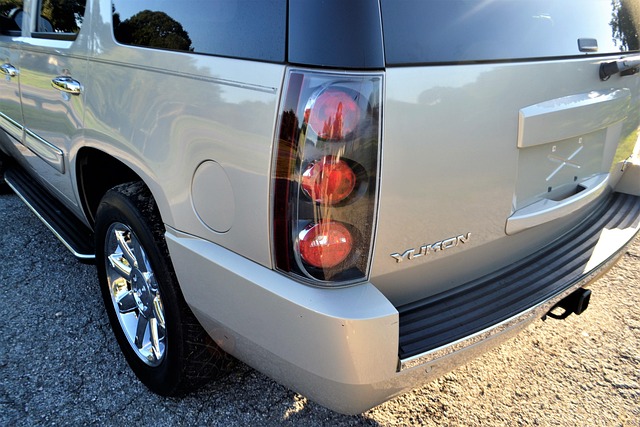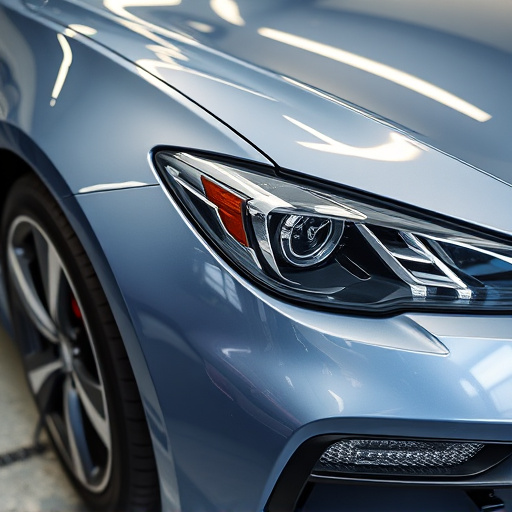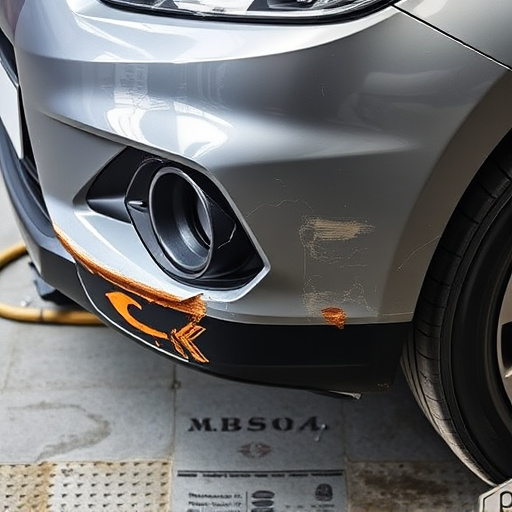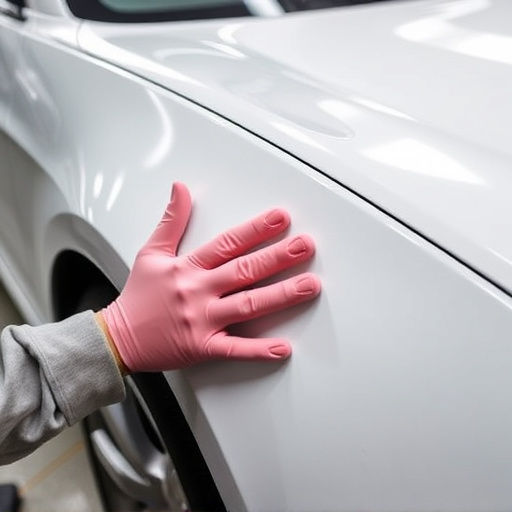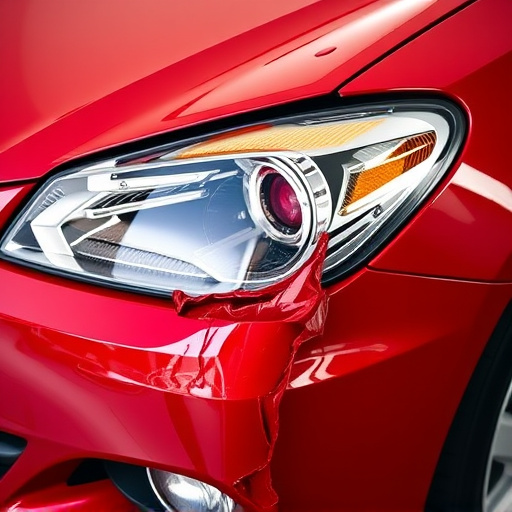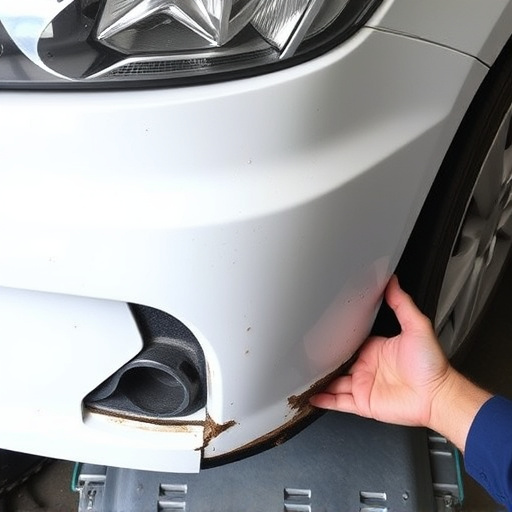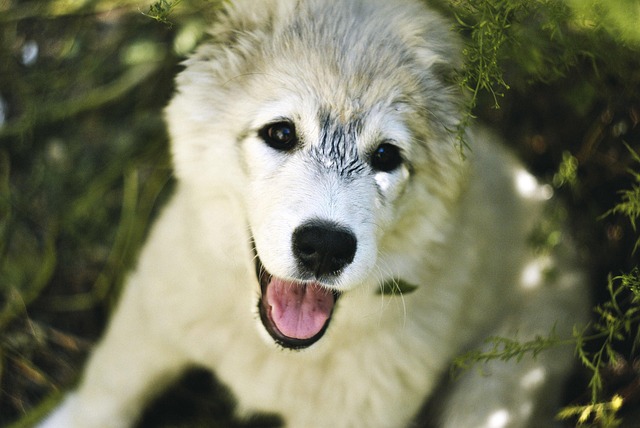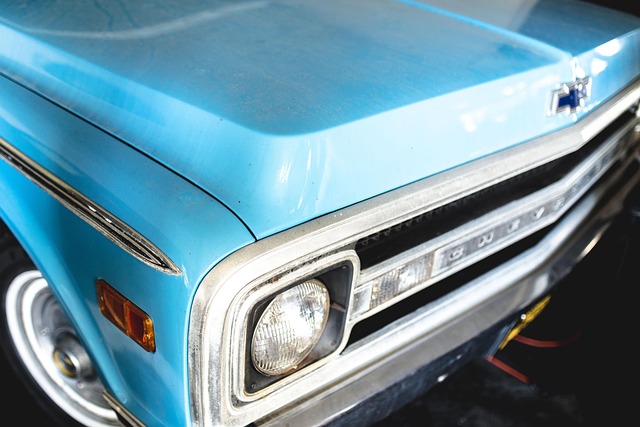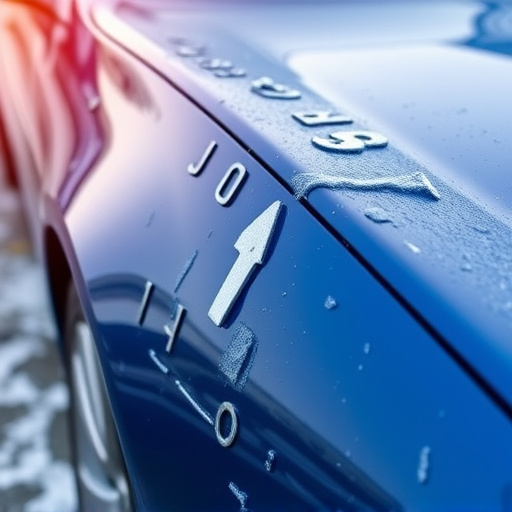Water-based auto paint revolutionizes the automotive industry with eco-friendly and healthier benefits, including low odor, non-toxicity, easier application, and faster drying times compared to solvent-based paints. Skilled training techniques are vital for technicians to master application, focusing on tool usage, paint formulation knowledge, and detail-oriented practices. While environmental and user-friendly properties drive its adoption in collision repair, challenges like chipping and blistering require precise application techniques and adequate training for successful results.
In the realm of automotive refinishing, water-based auto paint has emerged as a game-changer. This eco-friendly alternative offers distinct advantages over traditional solvent-based paints, from reduced VOC emissions to enhanced durability. However, achieving success with water-based auto paint requires proper training and understanding of its unique composition. This article delves into the intricacies of these paint systems, exploring effective training techniques, benefits, and challenges to ensure optimal application outcomes for automotive professionals.
- Understanding Water-Based Auto Paint Composition
- Training Techniques for Optimal Application
- Benefits and Challenges: A Comprehensive Overview
Understanding Water-Based Auto Paint Composition

Water-based auto paint has revolutionized the automotive industry with its numerous benefits. Unlike traditional solvent-based paints, it offers a more eco-friendly and healthier alternative for both car owners and technicians. Understanding the composition of this innovative material is crucial in achieving successful results during application, especially in tasks like dent removal and Mercedes Benz collision repair.
The key to unlocking the potential of water-based auto paint lies in its unique formulation. It consists of various resins, binders, pigments, and a base of water as the primary solvent. This composition allows for easier application and faster drying times compared to conventional paints. Moreover, its low odor and non-toxic nature make it safer for use within an auto body shop environment, ensuring that technicians can work efficiently without worrying about hazardous fumes.
Training Techniques for Optimal Application
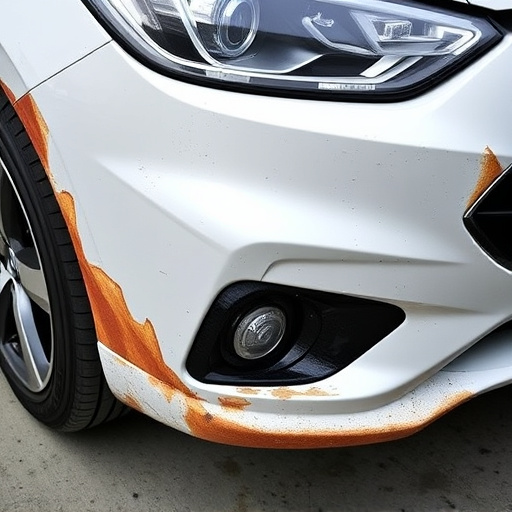
The success of water-based auto paint applications heavily relies on proper training techniques. These methods ensure that the paint is evenly distributed, covering all necessary areas without overloading or leaving spots. Professional technicians utilize various approaches, including hands-on practice and virtual simulations, to master the art of painting. This involves learning the correct use of tools like spray guns, understanding the nuances of different paint formulations, and developing an eye for detail.
Effective training programs for water-based auto paint focus on refining skills in car body repair and collision damage repair processes. By combining theoretical knowledge with practical exercises, trainees can perfect their techniques. This includes mastering the flow rate, air pressure, and distance from the spray gun to the surface. Such meticulous attention to detail is crucial when dealing with complex vehicle collision repairs, ensuring that the final finish is not only aesthetically pleasing but also durable and of high quality.
Benefits and Challenges: A Comprehensive Overview
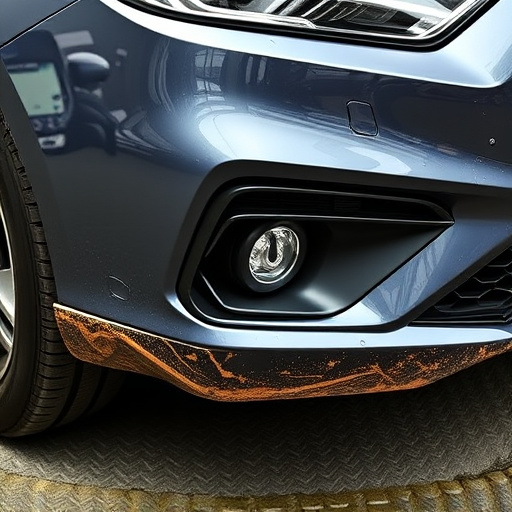
The use of water-based auto paint has gained significant traction in the automotive collision repair and car body shop industry due to its numerous benefits. This eco-friendly alternative offers a cleaner, less toxic work environment compared to traditional solvent-based paints. Water-based auto paint is also known for its faster drying time, reduced odour, and ease of application, making it a preferred choice for many professional vehicle dent repair services. It provides an even, smooth finish that can enhance the overall aesthetics of a vehicle.
However, implementing water-based auto paint does come with its challenges. One primary concern is the potential issue of chipping or blistering in certain conditions, which requires careful preparation and application techniques to mitigate. Additionally, training plays a crucial role in ensuring successful outcomes. Technicians need to be adequately trained to understand the unique properties of water-based paints, including proper mixing, surface preparation, and curing processes. This comprehensive overview highlights both the advantages and challenges associated with water-based auto paint, underscoring the importance of continuous learning and adaptation in the automotive body shop industry.
Training is a key element in achieving success with water-based auto paint, offering both benefits and challenges. By understanding the unique composition of water-based paints and implementing effective application techniques, professionals can enhance their skills and deliver superior results. This comprehensive overview highlights the importance of continuous learning to stay ahead in the industry, ensuring optimal performance and customer satisfaction when working with this eco-friendly and versatile paint option.
